Wurly provides a comprehensive set of controls for shaping the electric elements of the sound, including pickup emulation, envelope settings, and the iconic built-in tremolo (historically mislabeled as ‘Vibrato’).
The geometry of the pickup and reed has been precisely modeled to ensure maximum authenticity.
The electric section uses physical modeling techniques to capture the true behavior and sound of the original instruments.
It also offers detailed control over the mechanical aspects, such as hammer, key, pedal noises, and clank section.
The Mechanical section uses both physical models and samples to fine-tune each nuance of the piano’s character, adding depth and realism to the emulation.
We have also carefully sampled the speakers on each model so you can blend the direct sound with the speaker sound.
Introduced in 1968, the Wurlitzer® 200 electric piano marked a significant design evolution with its sleek, contemporary style and built-in chrome legs.
Known for its vibrant, versatile sound—from soft, bell-like tones to aggressive, biting notes—the 200 series used an electromechanical method where hammers strike metal reeds, and the vibrations are picked up by electrostatic pickups.
The upgraded Wurlitzer® 200A, released in the early 1970s, improved upon its predecessor with better electrical noise shielding, enhanced action for more expressive play, and upgraded speakers for a warmer sound.
Popular across various music genres from rock to soul, these electric pianos remain iconic for their unique timbre and enduring presence in both classic recordings and modern tracks.
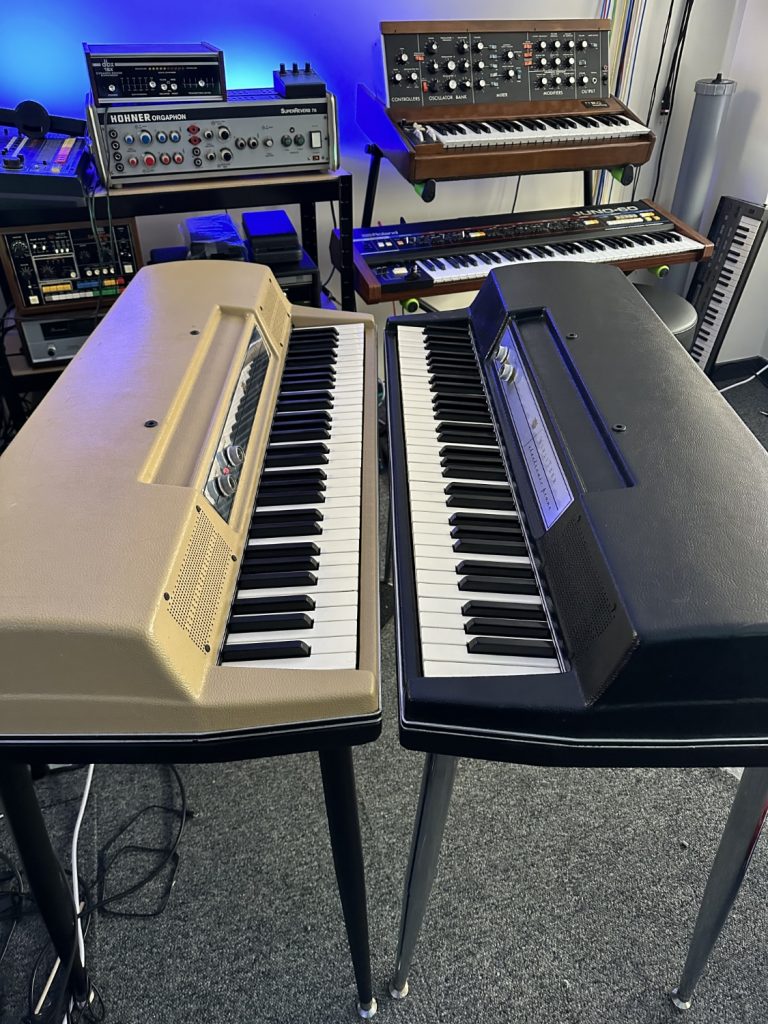
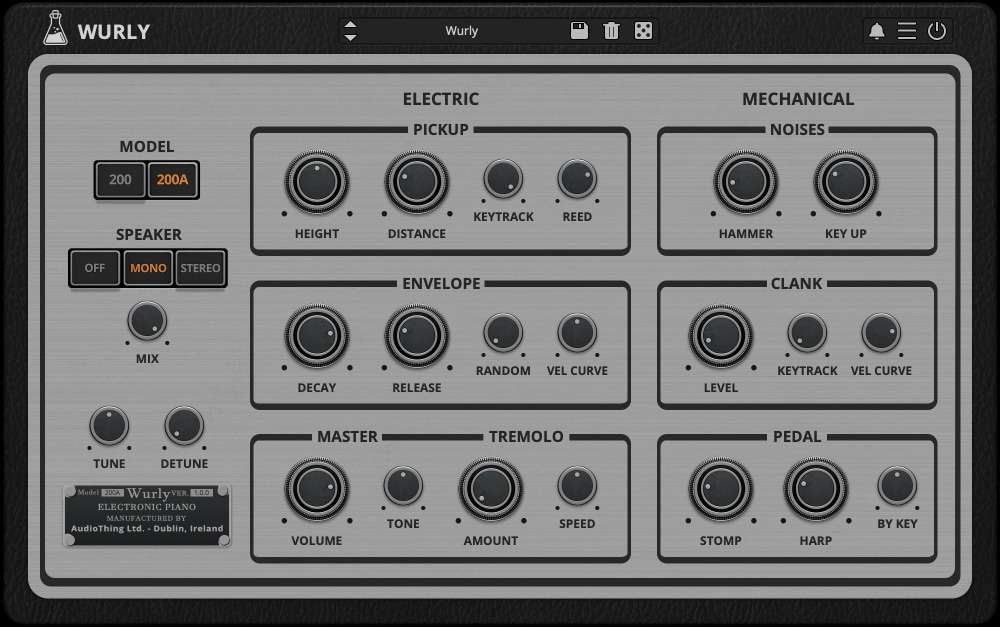
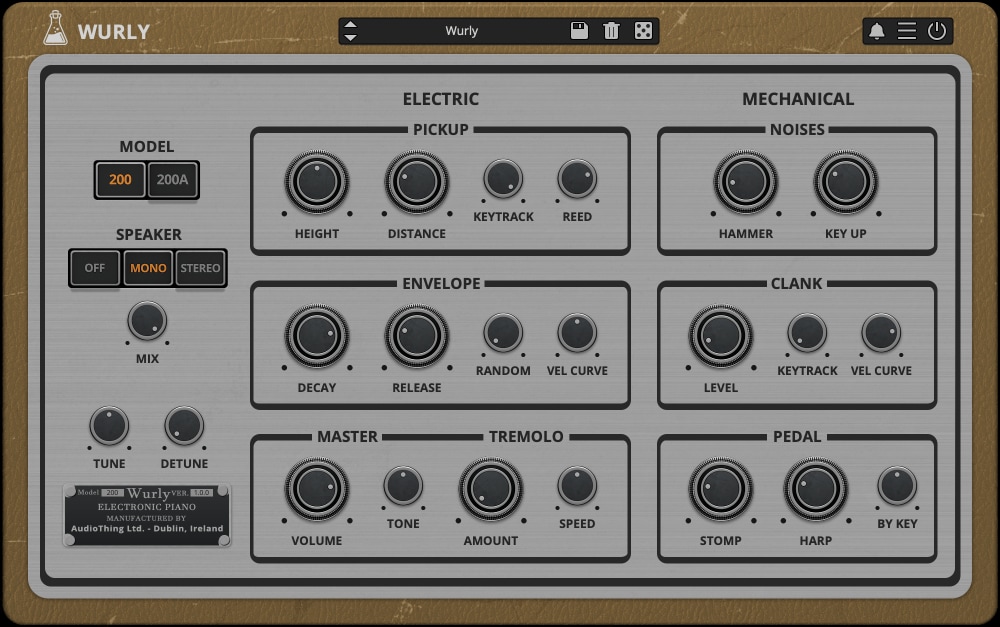
We have combined physical modeling techniques for both the electric and mechanical sections with high-quality samples, specifically for the mechanical components, to faithfully recreate the iconic sounds of the 200 and 200A electric pianos.
This hybrid approach ensures that each nuance of the original instruments’ tone and response is captured, delivering an authentic and dynamic playing experience.
Wurly features a set of four high-quality effects, inspired by classic gear and designed to complement the electric piano’s character.
You can rearrange the effects in any order using drag and drop.

Wurly now includes a standalone version, so you can enjoy the classic sound of the Wurlitzer® 200 and 200A without needing a DAW. Whether you’re playing live, practicing, or sketching ideas, the standalone version keeps things simple and convenient.
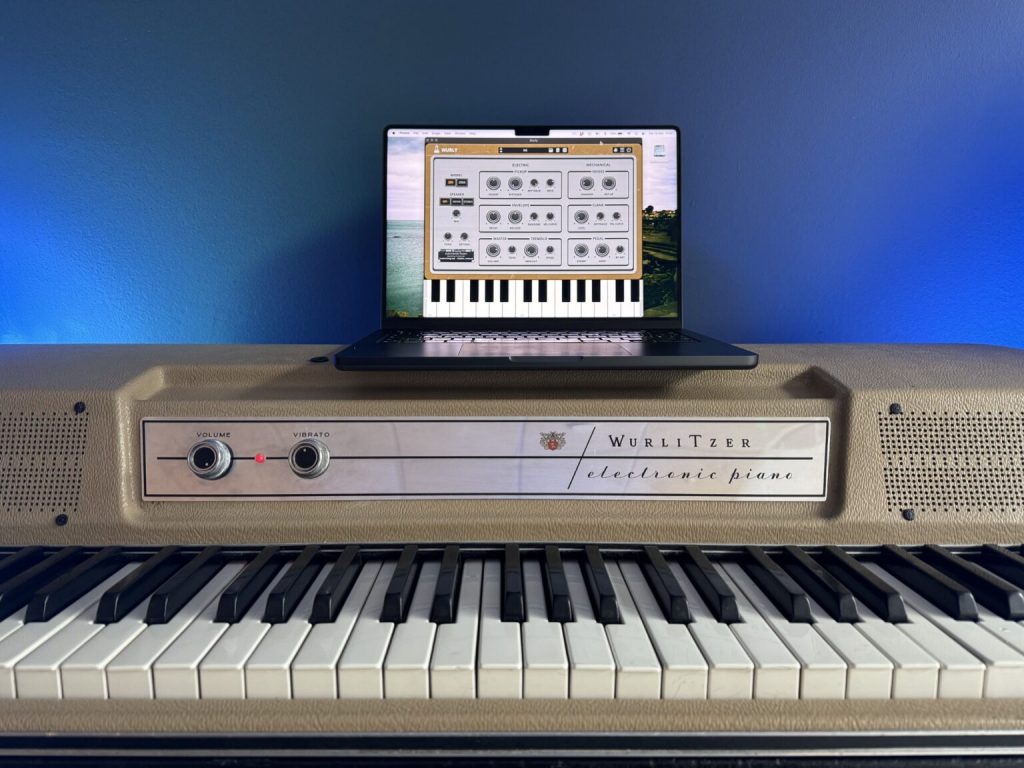
All manufacturer and product names on this page are trademarks of their respective owners, unaffiliated with AudioThing.
These trademarks are used only to identify the products studied during development.
Names of equipment, inventors, and manufacturers are included for illustrative and educational purposes only, and do not imply any affiliation or endorsement.
You must be logged in to post a review.
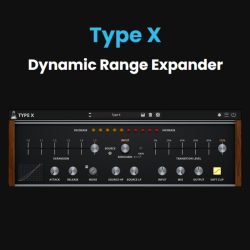
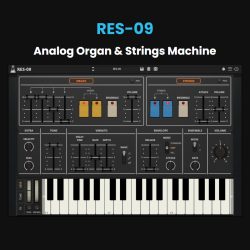
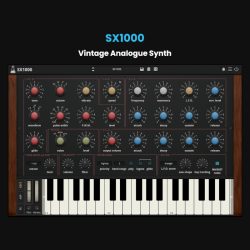
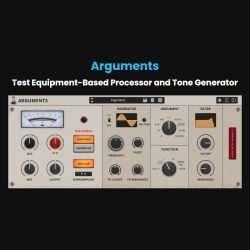
Reviews
There are no reviews yet.